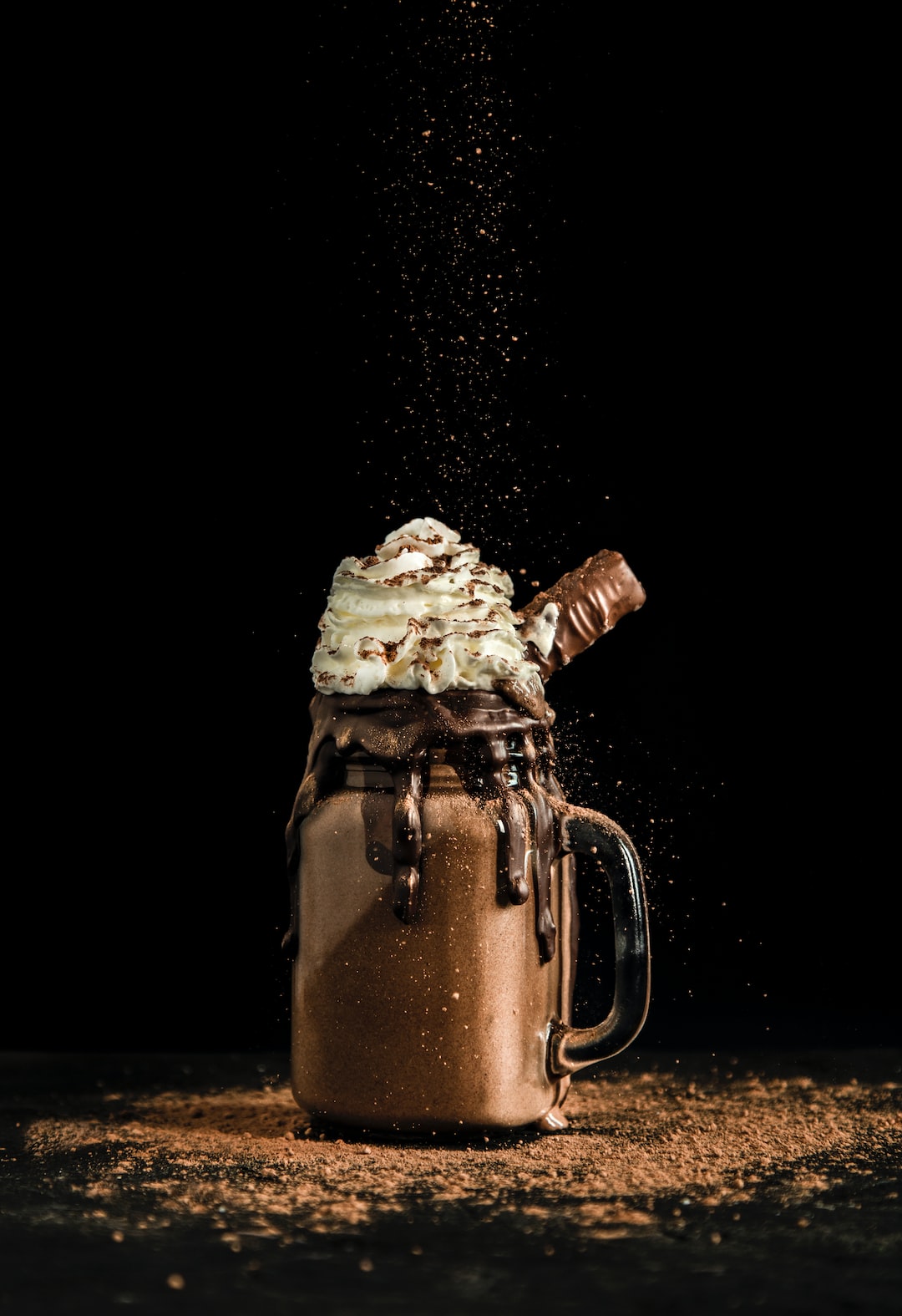Sourdough bread is not just a delicious food item, but also an amalgamation of science and art. The process of preparing sourdough bread involves a complex blend of microorganisms, biochemical reactions, and physical transformations. Here, we unravel the science behind sourdough bread.
Sourdough bread is made from flour, water, and a sourdough starter. The starter is a mixture of flour and water fermented with wild yeasts and bacteria. The sourdough starter is the key ingredient of sourdough bread as it helps the dough to rise and imparts the unique sour taste to the bread.
The fermentation by the sourdough starter is a slow and complex process that involves a combination of yeast and bacteria. Yeasts ferment the sugars in the dough and produce carbon dioxide, which makes the dough rise. The bacteria in the sourdough starter produce lactic acid and acetic acid, which give the bread its tangy flavor.
The type and quality of the flour used in sourdough bread are also important factors that impact the end result. Sourdough bread is usually made from whole wheat flour or rye flour, as these flours contain more nutrients and natural sugars than white flour. The natural sugars in the flour provide food to the yeast and bacteria, thereby promoting fermentation.
Another important factor that affects sourdough bread is temperature. The dough needs to be kept at a warm temperature (around 25-30°C) for optimal fermentation. If the dough is kept too warm, the fermentation can go too fast, resulting in a less sour taste and less fluffy bread. If the dough is kept too cold, then the fermentation will be slower and the bread will not rise well.
The kneading and shaping of the dough also play a crucial role in the preparation of sourdough bread. Kneading the dough helps to develop gluten, which is necessary for a good crumb structure. The shaping of the dough affects the texture and the final appearance of the bread.
Baking the bread is the final step in the process, and it also requires careful consideration. The heat of the oven needs to be just right to ensure proper hydration and crust formation. Too much heat can make the crust hard and dry, whereas too little heat can make the bread come out pale and undercooked.
In summary, sourdough bread is a complex and fascinating product that requires attention to detail and a deep understanding of the microbiology and biochemistry involved. The process of preparing sourdough bread involves a delicate balance of ingredients, temperature, fermentation, kneading, shaping, and baking. Nonetheless, making sourdough bread is a rewarding and enjoyable experience that is worth the effort.
